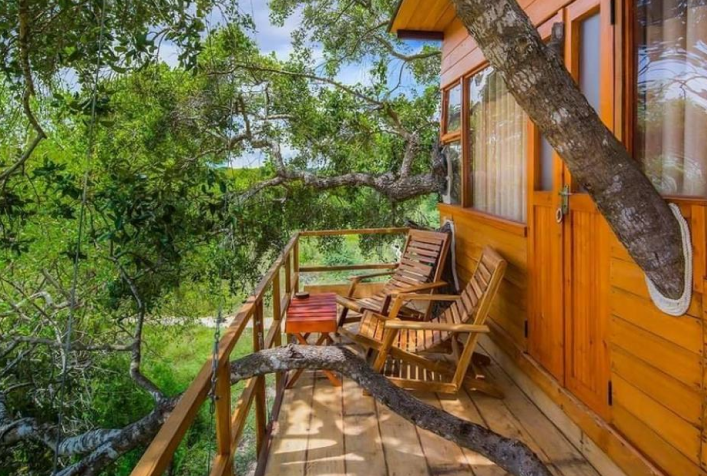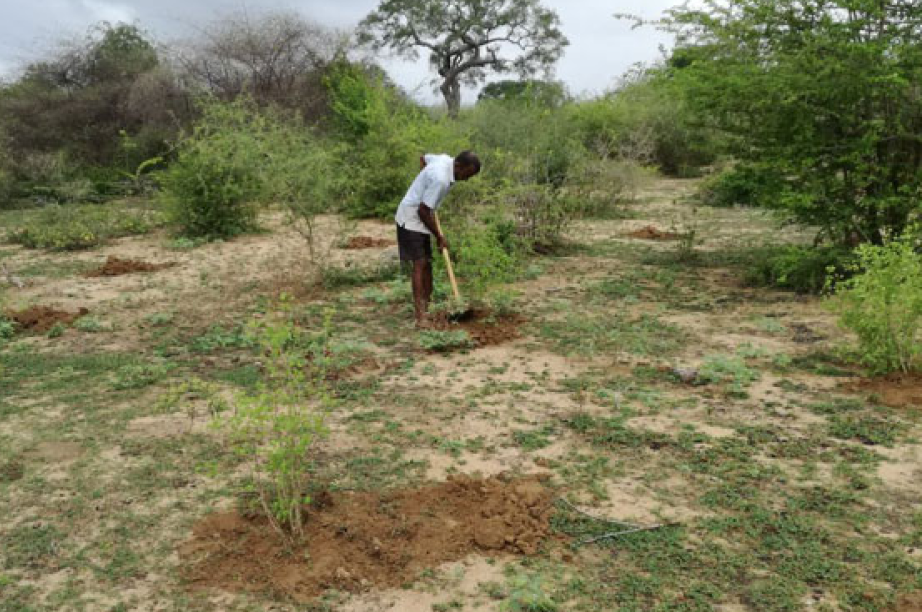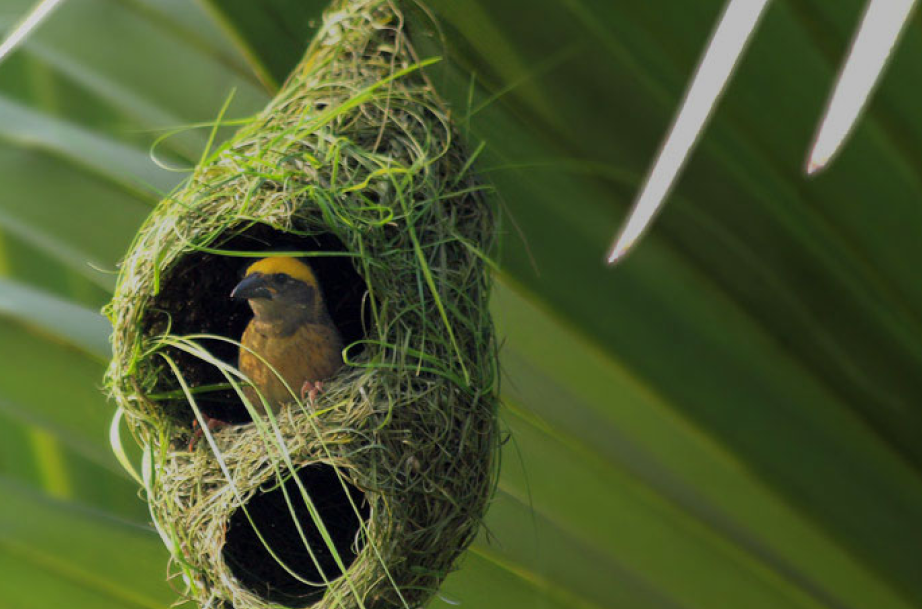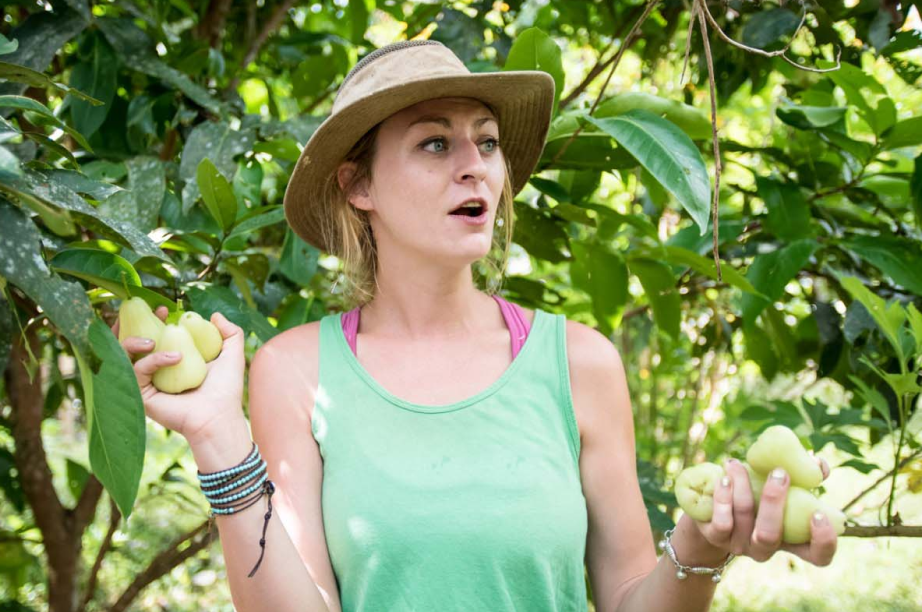Our Concept
Animals have been building nests for millions of years, there are even fossil records of dinosaur nests! Over time nests have become very complex and from birds to turtles to termites and wasps there is beauty, diversity and much to be learned from these structures!
When we hear the word “nest” we tend to think of a standard woven cup structure built by a song bird of some sort, but there is an amazing amount of diversity in nests; materials, shape, strength, size that we don’t necessarily think about. There is quite a bit of evidence for evolution in bird nests. Some ground nesting birds don’t build nests at all, others make small depressions by rubbing their breast into the ground. Some birds make stick nests either on the ground or in trees and others weave together materials into some of the more complex animal-built structures. Birds are always competing for resources, and nest materials are no exception. To deal with competition for nest materials some birds use specific materials or habitats not utilized by other species for nesting. Using different materials can sometimes require some creative engineering, and we end up seeing some amazing structures as a result.
The Leopard Nest has been built as a replica of the different nests we can see in the forest. We have taken the conceptual design of the nests and built Leopard Nest to get the attention of ecotourists and take the massage of the importance of preserving nests and protecting the birdlife. Our concept does not end with the construction of this campsite. It continues with series of activities and projects to take this message to the world.
Our Practices
We have environmentally-friendly practices initiated by the company for the purposes of becoming a more sustainable organization. We aim to reduce our environmental footprint through initiatives that cut down on waste, poor environmental stewardship and unethical environmental practices that offer a reduced level of sustainability within company practices. We aim to generate suitable economic returns through effective coordination of social and environment sustainability programmes.






